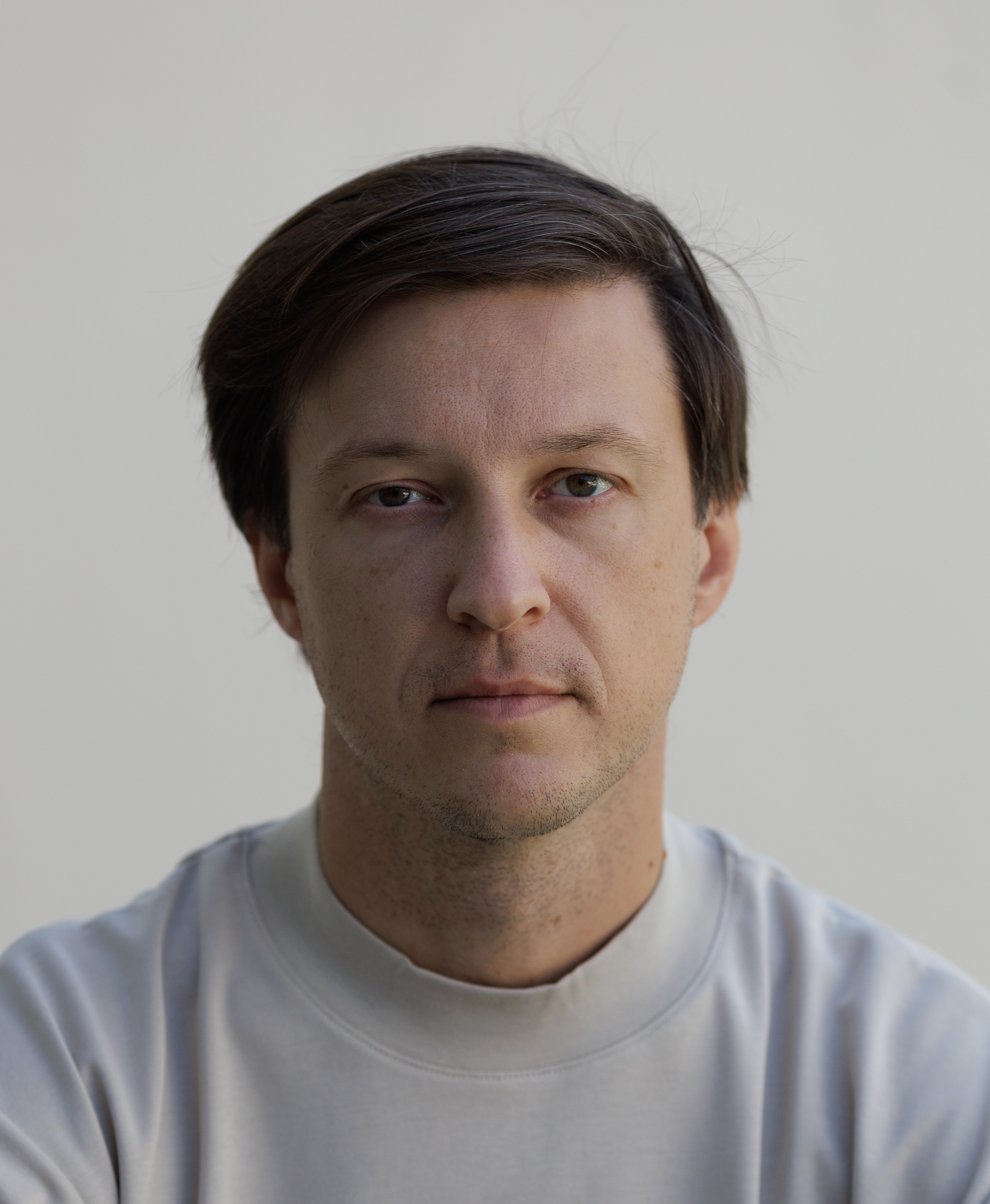Audio Presented by

CEO at MeteoLab Inc., founder of Rain Viewer, weather enthusiast
About Author
CEO at MeteoLab Inc., founder of Rain Viewer, weather enthusiast

CEO at MeteoLab Inc., founder of Rain Viewer, weather enthusiast
CEO at MeteoLab Inc., founder of Rain Viewer, weather enthusiast